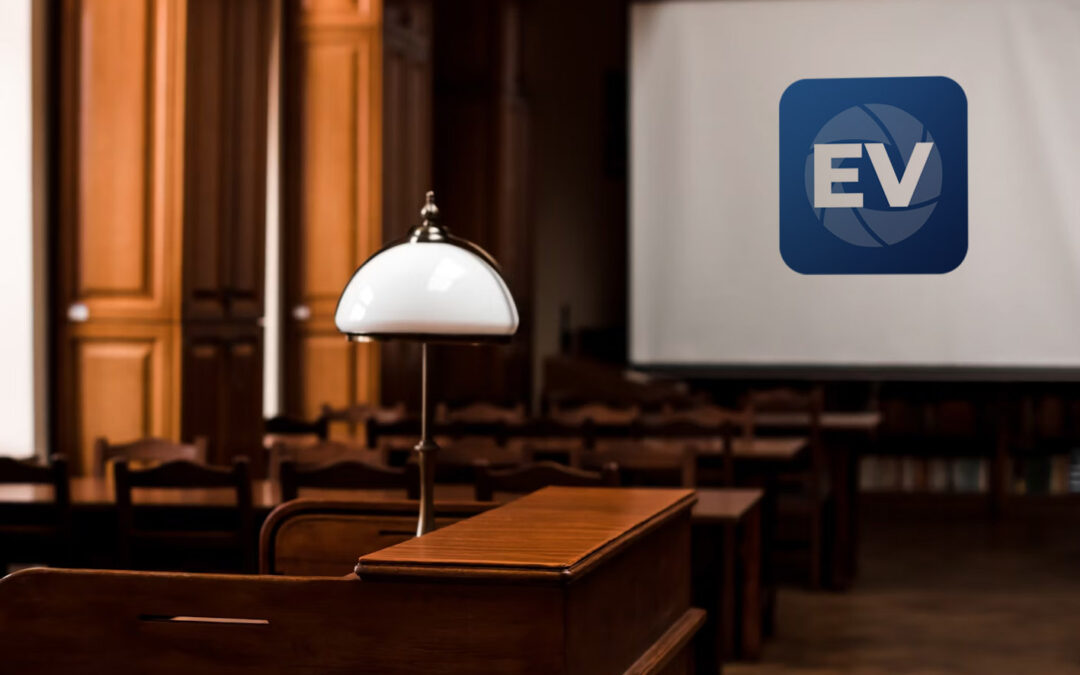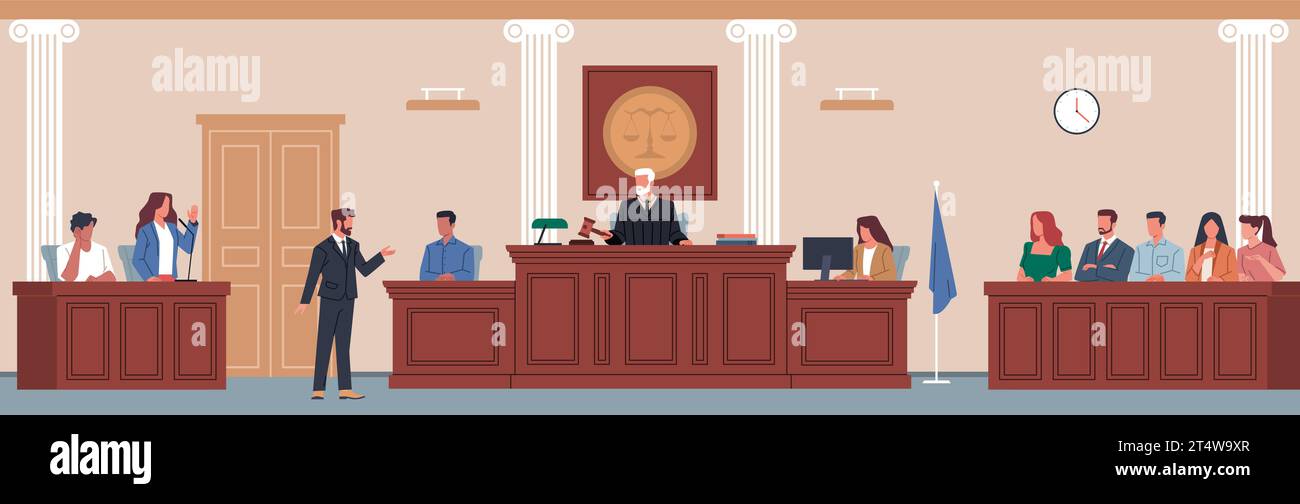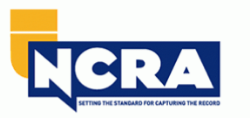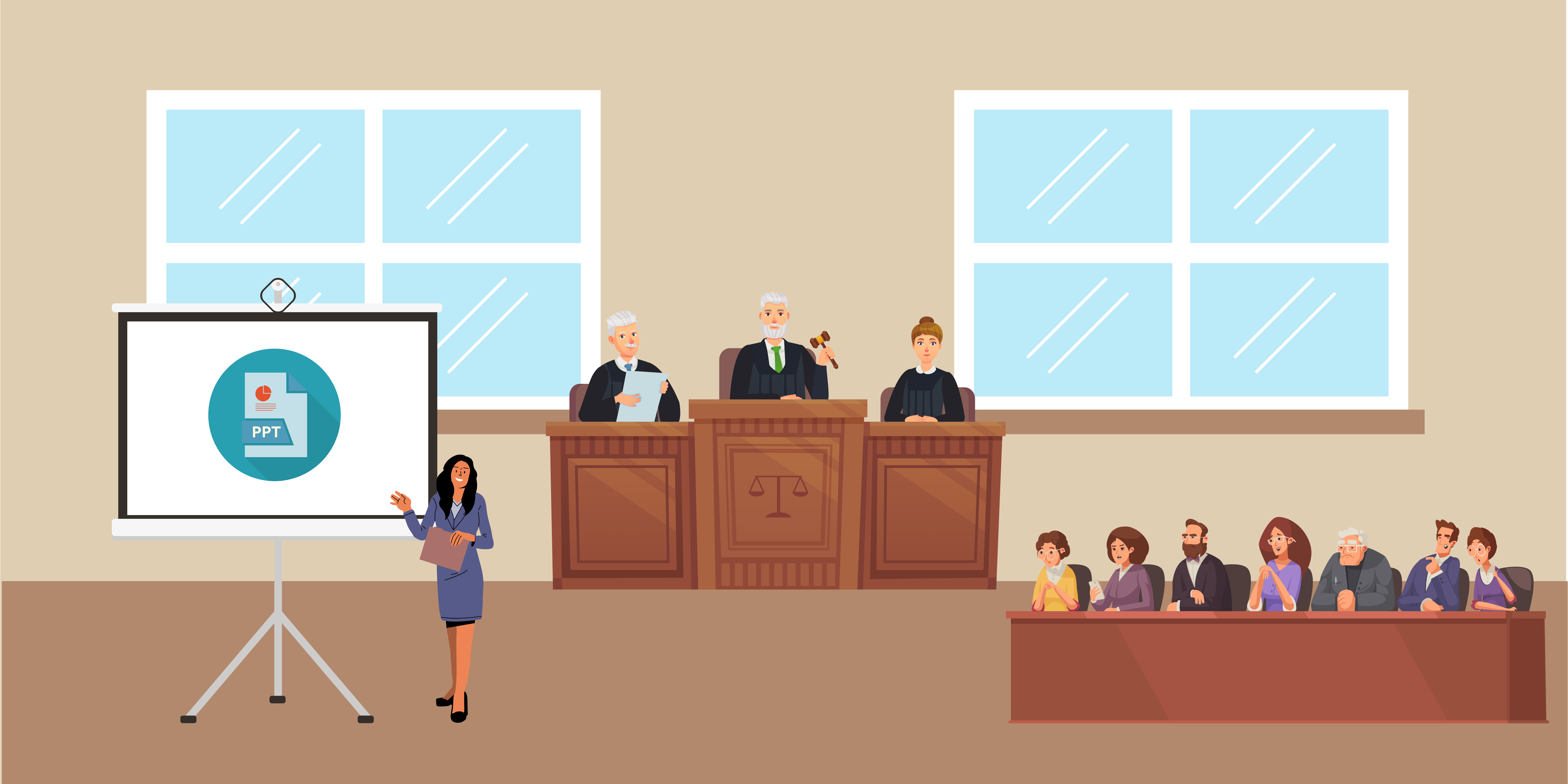Strengthen your case with dynamic and well-structured trial presentations for effective advocacy.
Strengthen your case with dynamic and well-structured trial presentations for effective advocacy.
Blog Article
How Test Presentations Enhance Your Disagreement and Convince Jurors
Test presentations offer as an essential device for boosting lawful disagreements and persuading jurors. The tactical use of visuals not only makes clear complex information yet also catches jurors' interest more efficiently than words alone.

Relevance of Visual Aids
Visual help play a crucial duty in enhancing the effectiveness of test presentations, as they can dramatically boost target market engagement and retention of information. In the context of a trial, where jurors are tasked with processing facility information, visual help serve to simplify and clear up crucial points. Charts, charts, and pictures can communicate data and concepts that may otherwise overwhelm or puzzle jurors, enabling an extra simple understanding of the proof provided.
Moreover, visual aids assist in keeping juror attention throughout the proceedings. By damaging the uniformity of spoken testament, these tools can punctuate essential arguments, making them much more remarkable. Reliable visual aids can also stimulate emotional actions, which can be crucial in encouraging jurors to align with the presenter's story.

Crafting Engaging Narratives
A compelling story is necessary in test presentations, as it serves as the backbone of reliable persuasion. It permits lawyers to weave with each other truths, evidence, and emotional elements right into a systematic tale that reverberates with jurors. This narrative structure allows jurors to recognize the complexities of the instance while leading them through the attorney's argument.
To craft a compelling narrative, attorneys should focus on clarity and coherence. Furthermore, the use of vibrant descriptions can produce mental images that help jurors imagine the events, making the narrative more memorable.
Moreover, integrating key styles throughout the discussion strengthens the core message and help in retention - trial presentations. The story must not only communicate information but also evoke a feeling of justice, highlighting the stakes involved. Ultimately, a well-constructed narrative fosters a connection between the jurors and the situation, placing the attorney's argument as both credible and engaging, therefore boosting the chance of a favorable judgment

Engaging the Jury Mentally
Effective court interaction hinges on the lawyer's ability to attach with jurors on an emotional degree. This link can dramatically influence jurors' understandings and their best decision-making. Utilizing emotional charms allows attorneys to humanize the instance, transforming abstract legal principles right into relatable experiences. By offering my explanation real-life tales or endorsements, lawyers can stimulate compassion and empathy, promoting a much deeper understanding of the concerns at risk.
Aesthetic aids, such as photographs or video clips, can additionally improve emotional involvement, supplying jurors with vibrant read what he said representations of the instance's human components. Crafting a story that highlights the struggles and victories of the people included makes sure that jurors see beyond the legal arguments and identify the human consequences of their decisions.
Moreover, tone and body movement play an essential duty in communicating feeling. An attorney's passionate delivery can resonate with jurors, reinforcing their psychological investment in case. It's necessary to balance psychological appeals with valid evidence, guaranteeing that jurors really feel obliged to act while continuing to be grounded in the reality. Inevitably, an emotionally involved jury is most likely to be persuaded, making emotional link a vital component of efficient test discussions.
Structuring Your Presentation

The body of the discussion ought to be logically fractional into bottom lines, each supported by engaging evidence. It is beneficial to make use of storytelling techniques to weave realities into a narrative that jurors can conveniently comply with. Visual help, such as charts and video clips, can enhance understanding and interaction, helping to highlight critical items of evidence.
Real-World Study
Checking out real-world case researches gives indispensable insights right into the art of trial discussions and persuasion. The protection team effectively utilized a technique that incorporated prominent specialist testimonies with multimedia discussions, which mesmerized jurors and inevitably influenced their choice.
Another significant instance is the "McDonald's Coffee Case," where the plaintiff's lawyers utilized visuals images of the injuries received by Stella his response Liebeck. trial presentations. This plain aesthetic evidence played a critical role in communicating the seriousness of her burns, causing a considerable jury honor. Such cases demonstrate that impactful test discussions typically pivot on the effective combination of visuals and storytelling to evoke emotional feedbacks from jurors
In addition, the "Casey Anthony Trial" highlighted the significance of narrative coherence and reputation. The prosecution's failing to develop an engaging timeline decreased their convincing power, emphasizing the necessity of a well-structured presentation. Evaluating these situations exposes that effective test discussions require calculated preparation, emotional interaction, and the capacity to reverberate with jurors' worths and beliefs.
Final Thought
Test presentations significantly enhance debates and persuade jurors with the strategic use visual aids, compelling narratives, and emotional interaction. By streamlining intricate information and cultivating links with the audience, these aspects create a memorable and impactful experience. A well-structured presentation equilibriums emotional appeals with accurate evidence, inevitably reverberating with jurors' values. The integration of these methods not only influences decision-making but likewise underscores the value of effective interaction in the courtroom.
Report this page